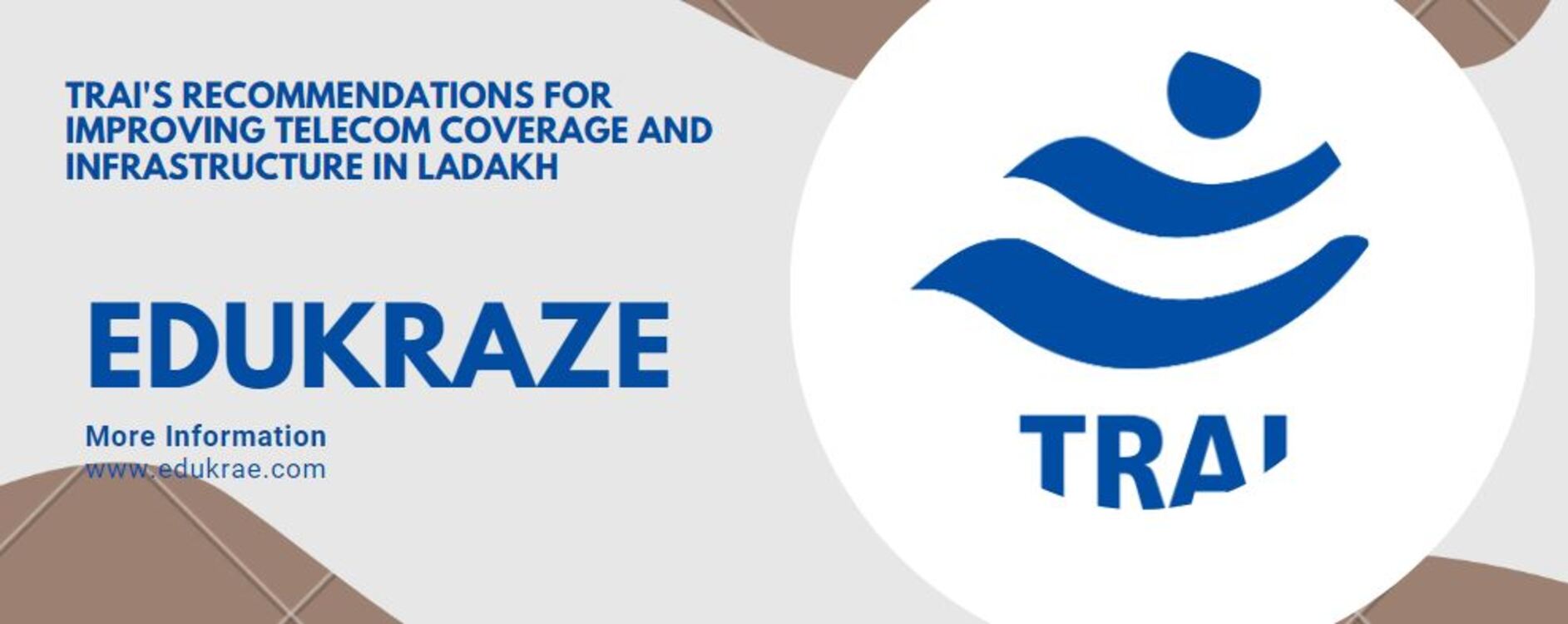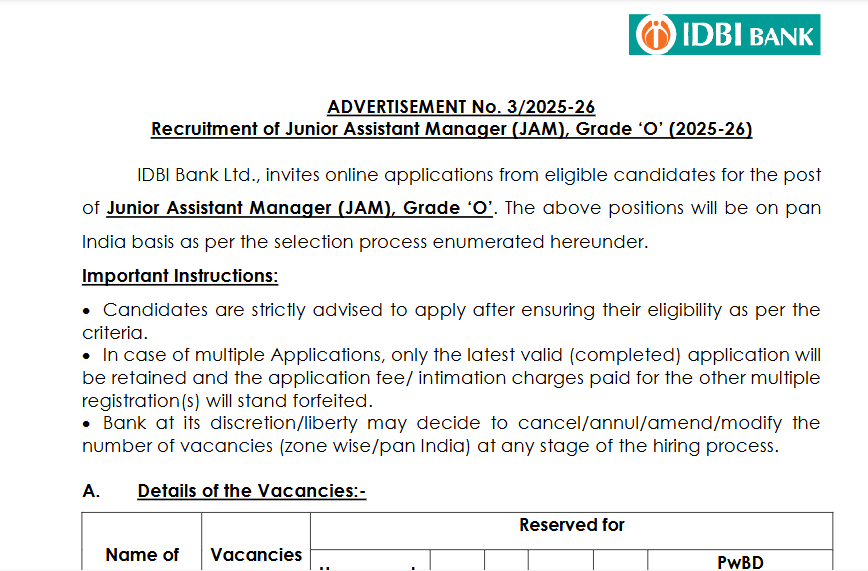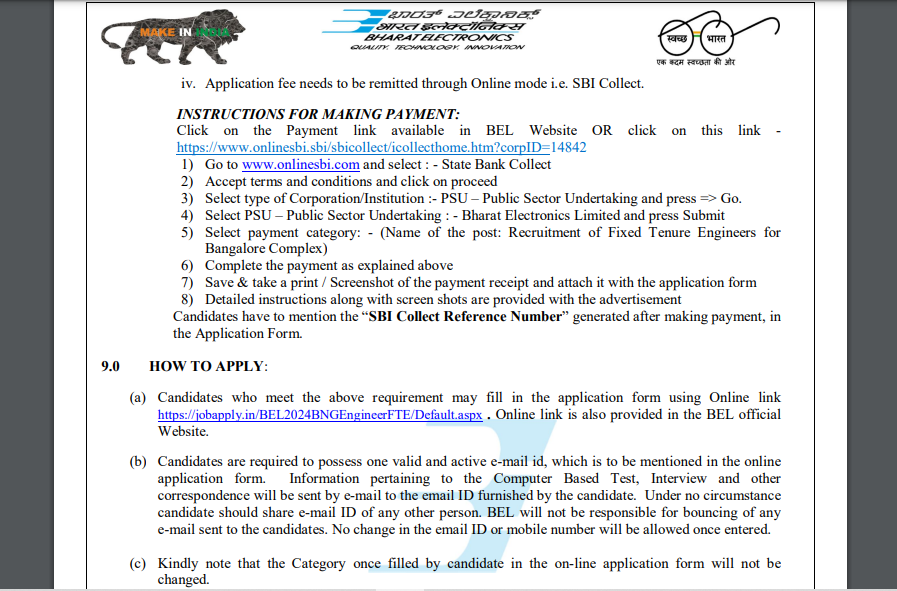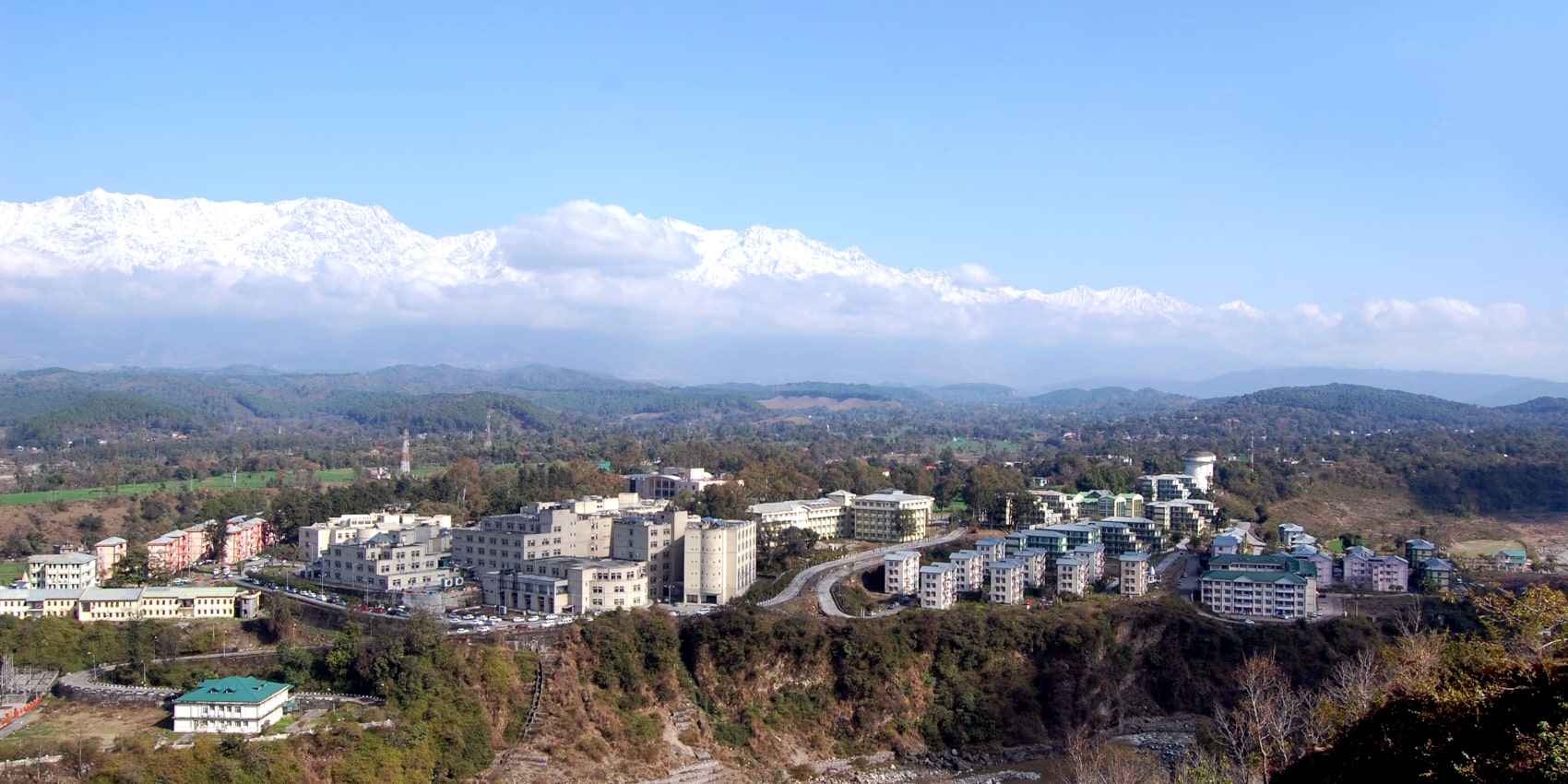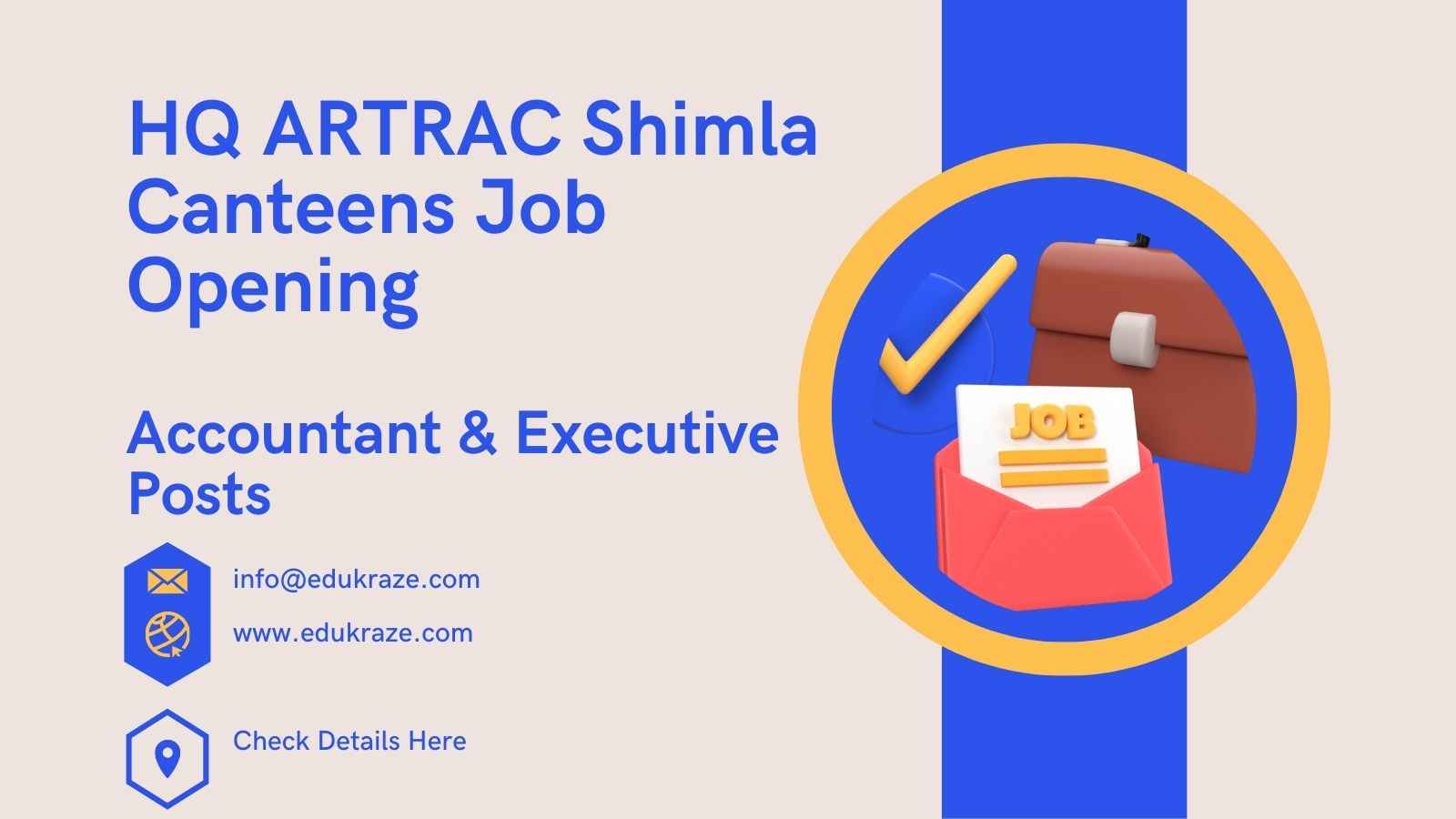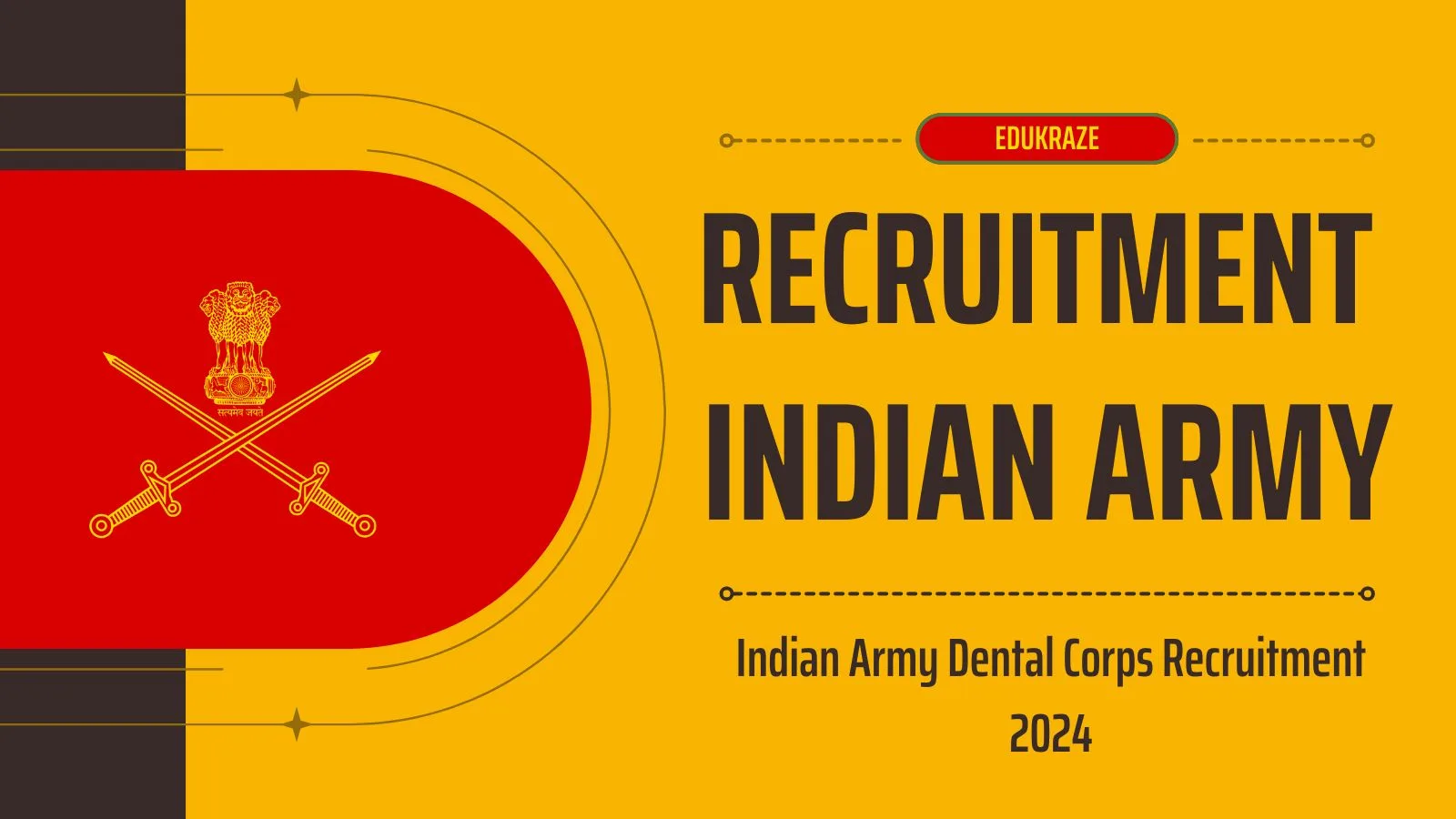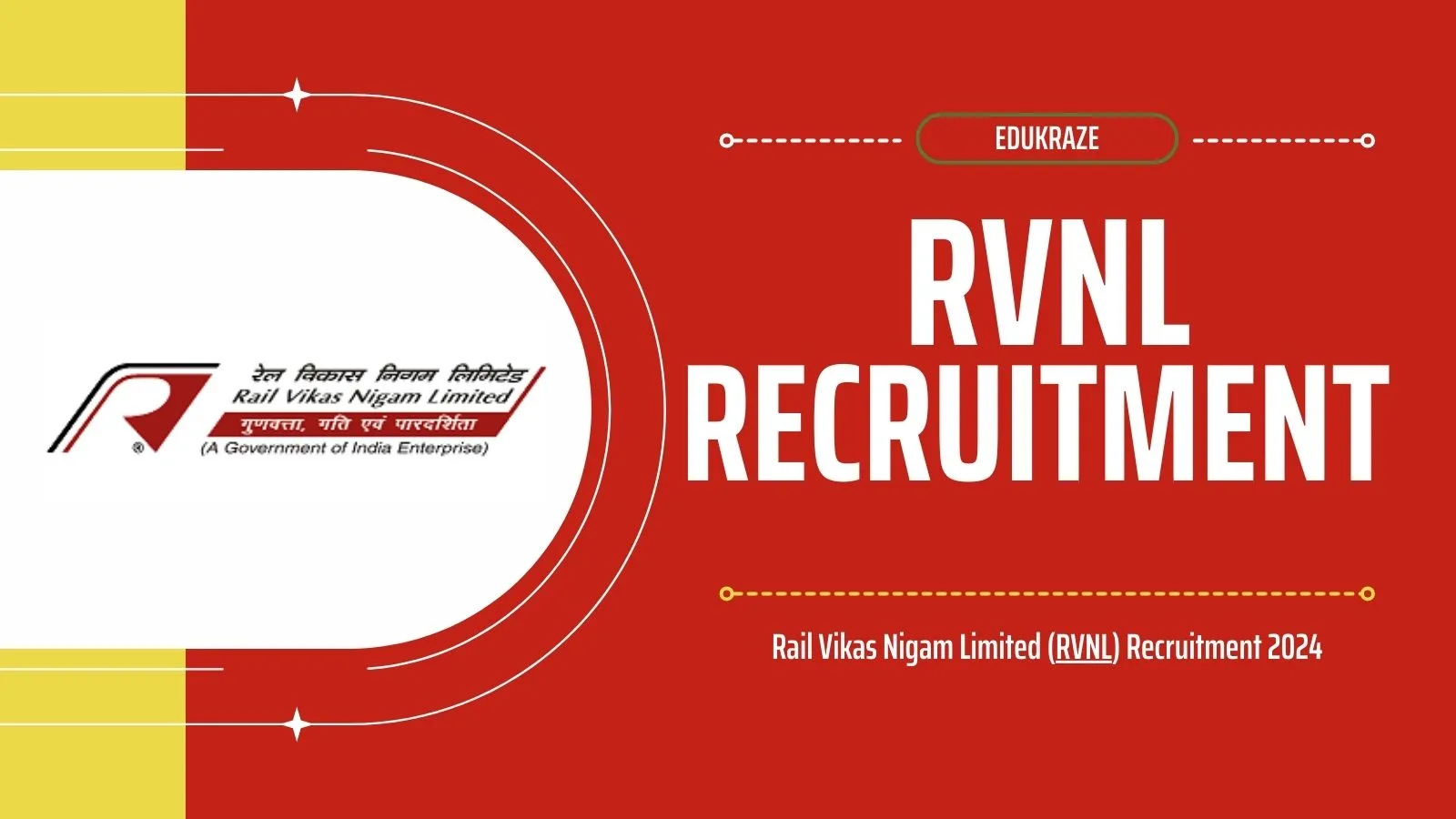TRAI has suggested measures to address the gap in telecom coverage in Ladakh, including providing 4G coverage for all villages and ensuring fair access to backhaul transmission media resource capacity.
The remote region of Ladakh in India has been facing challenges in accessing high-speed internet due to the lack of mobile towers in the area. In response, the Telecom Regulatory Authority of India (TRAI) has come up with recommendations to improve the telecom coverage and infrastructure in Ladakh.
1. Challenges faced in far-flung areas of Ladakh Recent media reports have highlighted that the people living near the Line of Actual Control (LAC) in Ladakh are facing difficulties accessing high-speed internet. The lack of mobile towers in remote areas results in network issues, which is especially problematic for those residing near the LAC and the Line of Control (LoC). Mobile connectivity is crucial for ensuring the safety of the region and facilitating round-the-clock communication to the security forces deployed in these regions.
2. TRAI’s recommendations The Telecom Regulatory Authority of India (TRAI) has released recommendations on “Improving Telecom Coverage and Backhaul Infrastructure in far-flung areas of Ladakh”. Based on the gap analysis and evaluation of the Government sponsored USOF schemes, TRAI has come up with the following recommendations:
3. Coverage for villages without 4G Three villages in Ladakh neither have coverage nor are included in ongoing schemes. The USOF must ensure inclusion of these villages under the “Saturation of 4G mobile services” project. There are 19 villages in Ladakh without 4G coverage, and the CAPEX and OPEX expenditure to be incurred for upgrading the existing non-4G based cellular mobile infrastructure at these 19 villages should be funded by the government through USOF. In 12 of these 19 villages, the VSAT connectivity provided under BharatNet can also double as backhaul for 4G connectivity. In the remaining seven uncovered villages, VSAT connectivity on a shared basis should be considered till connectivity on OFC media is extended to these villages.
4. Fair and non-discriminatory access All operating TSPs in UT of Ladakh must provide fair and non-discriminatory access to their spare backhaul transmission media resource capacity via lease/rent or on mutually agreeable terms and conditions to other TSP/ ISP. A committee of TERM field unit of J&K and representative(s) of all TSPs should be formed at the earliest to help resource pooling across TSPs. A second level Committee at the DoT headquarters should be formed to periodically review and resolve any impediment being experienced by any affected entity.
5. Reduced charges The charges paid by lessee (a TSP) to any lessor TSP for use of spare backhaul media transmission resource capacity should be reduced from the Gross Revenues of the lessor to arrive at Applicable Gross Revenue (ApGR).
6. Backhaul connectivity on optical fiber There is one Block Headquarter (Rupshu) which has no optical fibre connectivity. The USOF should fund the backhaul connectivity on optical fiber from Rupshu Block Headquarters to Nyoma/ Chumathang.
7. Waiting list of service demand Licensed TSPs should maintain a waiting list of service demand. DoT should establish a mechanism to obtain, examine and analyze the data on waitlist from all TSPs.
8. RoW rules The DoT may take up the case with concerned authorities for not levying RoW charges to TSPs/IP-Is for connecting administrative setup in remote and hilly areas in Ladakh. RoW rules should be aligned with ROW Rules 2016.
9. Alternate communication overlay The DoT should plan for a VSAT based alternate communication overlay in all border areas of strategic importance in the country, including Ladakh, which should co-exist as a backup communication medium in all such areas along with terrestrial connectivity. This will ensure continuity of crucial communication services during the occurrence of natural calamity and/or critical situations triggered due to border conflicts in such areas.
Do Follow us on Facebook and For More Updates on Competitive Exams Checkout our Website
The recommendations have been placed on TRAI’s website www.trai.gov.in.
